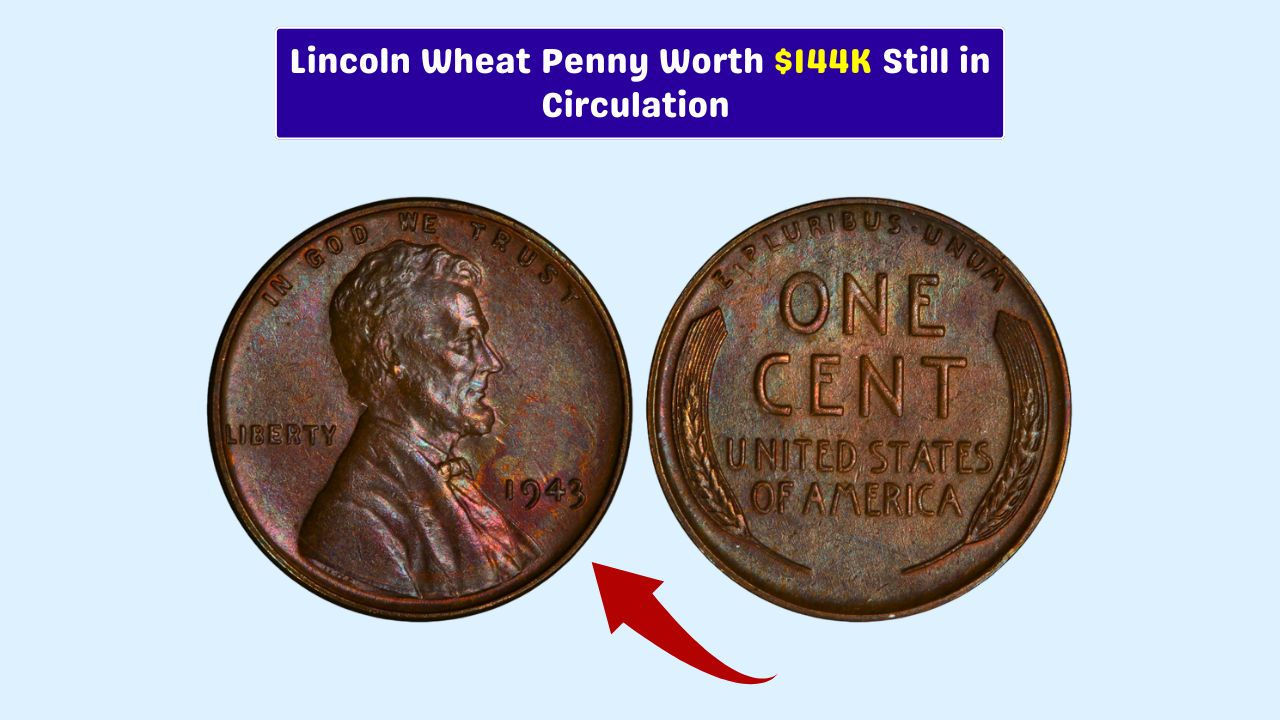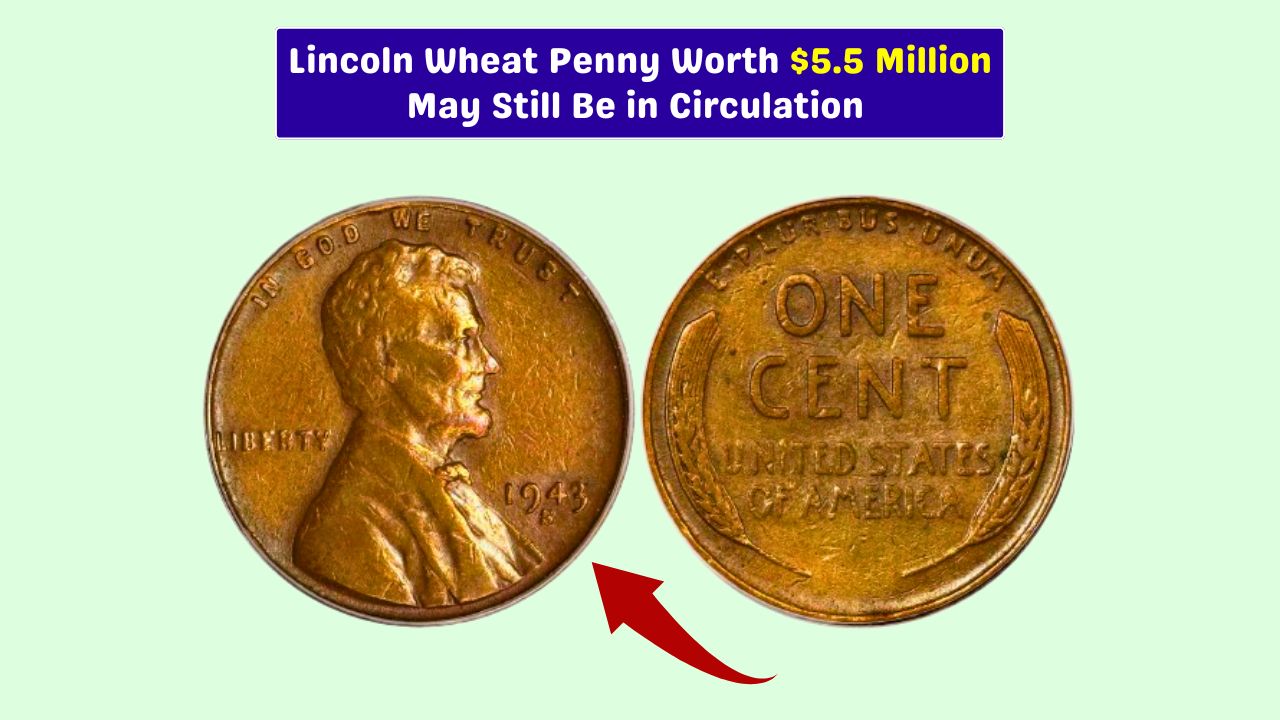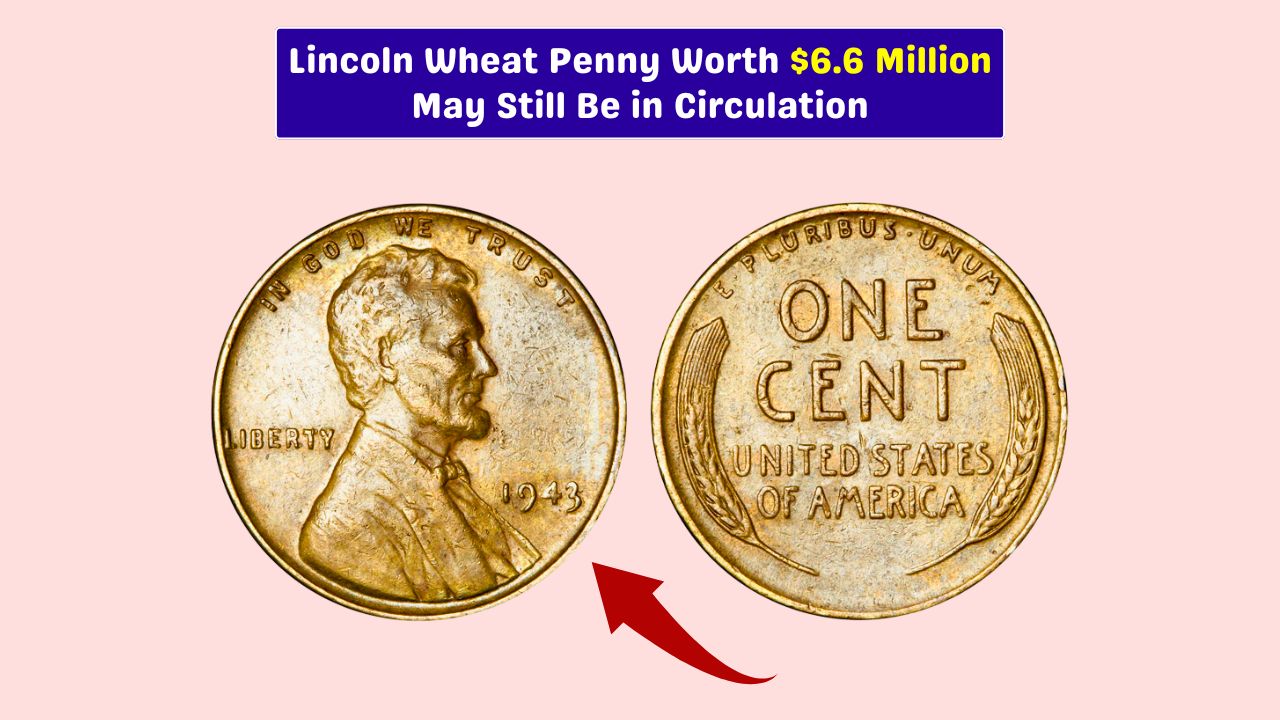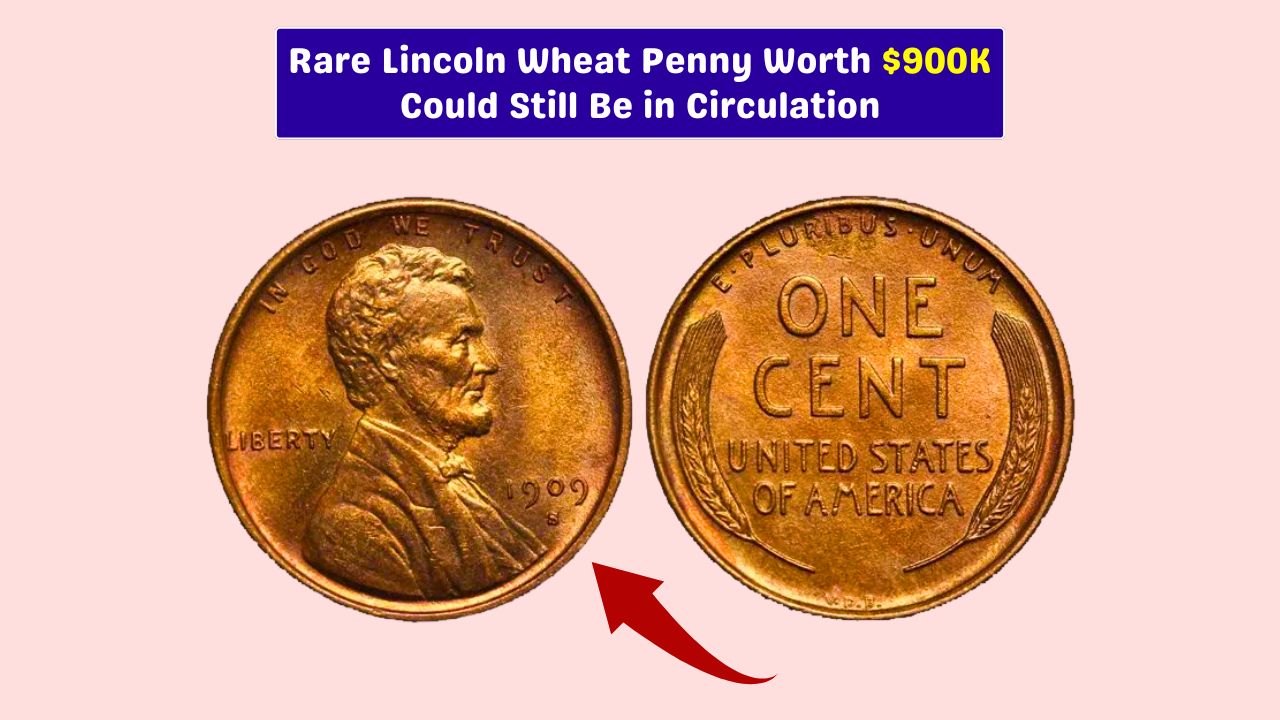Every once in a while, an ordinary-looking coin turns out to be worth a fortune. One such surprising treasure is the Lincoln Wheat Penny, a tiny piece of history that might still be hiding in someone’s pocket or coin jar today.
Believe it or not, a rare version of this penny has been valued at a jaw-dropping $5,520,000. This story has fascinated coin collectors and treasure hunters around the world.
Origin
The Lincoln Wheat Penny was first introduced in 1909 to celebrate 100 years since the birth of Abraham Lincoln. Designed by Victor D. Brenner, it was the first U.S. coin to feature a real person.
On one side, it shows Lincoln’s face, while the back has two wheat ears framing the words “One Cent.”
These pennies were produced from 1909 to 1958, and millions were made. But while most are common, certain editions and error coins have become extremely valuable in the eyes of collectors.
Rarity
Most Lincoln Wheat Pennies are only worth a few cents to a few dollars. But a rare 1943 version changed everything. That year, due to World War II, the U.S. Mint began producing pennies from zinc-coated steel to save copper for war supplies.
By mistake, a small number of 1943 pennies were struck using leftover copper planchets from 1942. These copper 1943 pennies are now among the most valuable coins ever produced. One of them sold at auction for a staggering $5,520,000.
Their value comes from their extreme rarity and the fact they were never supposed to exist in the first place. That kind of minting error is a gold mine for collectors.
Circulation
You might think the chances of finding such a coin are slim—but it’s not impossible. Some of these rare coins could still be in circulation, hidden in old collections, drawers, or even tucked into a forgotten piggy bank.
Here’s the trick: most 1943 pennies are made of steel and will stick to a magnet. But if you find one that’s copper-colored and does not stick to a magnet, don’t spend it. It might just be the real deal—and worth millions.
Others
Besides the 1943 copper penny, there are several other Lincoln Wheat Pennies that are also quite valuable. Look out for these:
| Year | Feature | Approx. Value |
|---|---|---|
| 1909-S VDB | First year with designer’s initials | $700 – $12,000+ |
| 1914-D | Low mintage from Denver Mint | $200 – $3,000+ |
| 1922 No D | Missing mint mark error | $500 – $5,000+ |
These coins can be found in the wild, especially in collections that have been untouched for years.
Tips
If you’re checking your change or old coin jars, here’s what to remember:
- Look for a 1943 penny that is copper-colored.
- Test it with a magnet. If it doesn’t stick, it could be valuable.
- Never clean old coins—it can lower their value.
- Have any suspicious penny checked by a professional coin grader.
The Lincoln Wheat Penny proves that small things can hold big value. With a rare version selling for $5,520,000, it’s an exciting reminder that you don’t need to be a millionaire to find a million-dollar treasure.
So next time you’re handed some change, take a second look. That ordinary penny could be a piece of history—and your lucky ticket to a fortune.
FAQs
Why is the 1943 copper penny rare?
Because it was mistakenly made during WWII using copper instead of steel.
How can I test if my penny is steel?
Use a magnet. Steel sticks; copper doesn’t.
What years are other valuable Wheat Pennies?
1909-S VDB, 1914-D, and 1922 no D are all rare.
Can I still find these coins in circulation?
Yes, some may still be hiding in coin jars or old collections.
Should I clean a rare coin?
No. Cleaning can damage the coin and lower its value.















